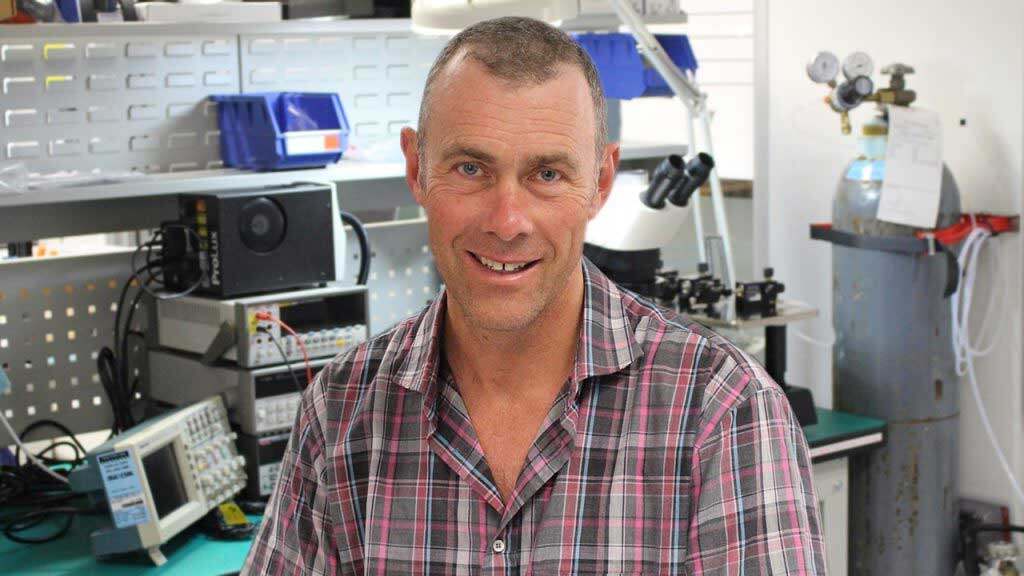A $6 million funding injection means a brain pressure sensor is closer to helping patients with neurological disorder hydrocephalus.


A cash injection of $6 million into Auckland Bioengineering Institute (ABI) spin out Kitea is a major step toward scaling clinical trials and propelling the world’s first implantable long term brain pressure sensor into global markets.
The long term brain pressure sensor is developed to be implanted into the brains of patients with hydrocephalus.
It is based on several years of research by the Implantable Devices Group led by Professor Simon Malpas, a professor of physiology and bioengineering at ABI at Waipapa Taumata Rau, University of Auckland.
Hydrocephalus is a condition characterised by an increase in fluid around the brain which, unless treated, is fatal. Approximately 100 patients in New Zealand are diagnosed with hydrocephalus every year.
Clinical trials will move the brain pressure sensor a huge leap closer to becoming the first New Zealand-designed fully implanted electronic medical device, akin to the complexity of a cochlear implant or pacemaker.
The sensor, once FDA approved, would alleviate the considerable anxiety and suffering of parents of children with the disorder, as well as highlight the potential of remote monitoring of chronic conditions wherever a patient lives and ultimately, the means of providing more equitable healthcare.
The device would offer patients and caregivers both peace of mind and early warning of problems, preventing unnecessary hospitalisations.
Malpas says the device is roughly the size of a few grains of rice and is capable of remotely monitoring changes to pressure in the brain and sending real-time, accurate information straight to the healthcare professional and patient.
“Our current focus hydrocephalus, as this is where we can make the biggest impact in a really short time frame and prove that the technology will make a significant improvement to the health and well-being outcomes of patients and their families.
Hydrocephalus is a condition that affects mostly young children or the elderly. It is currently treated with the surgical insertion of a shunt, a flexible tube that is inserted into the brain to drain the fluid. However, they have a high failure rate, particularly in children. This means a lot of anxiety among parents and caregivers.
Each time their child suffers from common illness-type symptoms – headaches, vomiting and irritability – they are left wondering if they are suffering from increased pressure to the brain, which, unless treated urgently, could be fatal.
Investment into the medical device will enable NZ-based clinical trials to begin on around 10 adult patients in 2024 and, if successful, will accelerate the wireless technology into market by the end of 2025.
The device would offer patients and caregivers both peace of mind and early warning of a likely blockage, thus preventing unnecessary hospitalisations.
Both neurosurgeons and parents of children with hydrocephalus, have said this would be a “game-changer”.
The investment into Kitea is led by Pacific Channel with backing from Auckland UniServices, Icehouse Ventures, CureKids Ventures, New Zealand Growth Capital Partners and local angel groups. This comes off the back of substantial prior grant funding of $14 million from Ministry of Business, Innovation and Employment, Health Research Council, Neurological Foundation and Cure Kids over many years through the Auckland Bioengineering Institute.





































